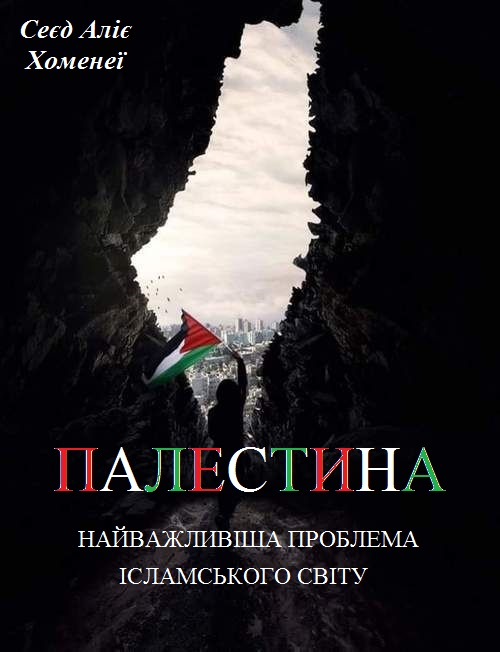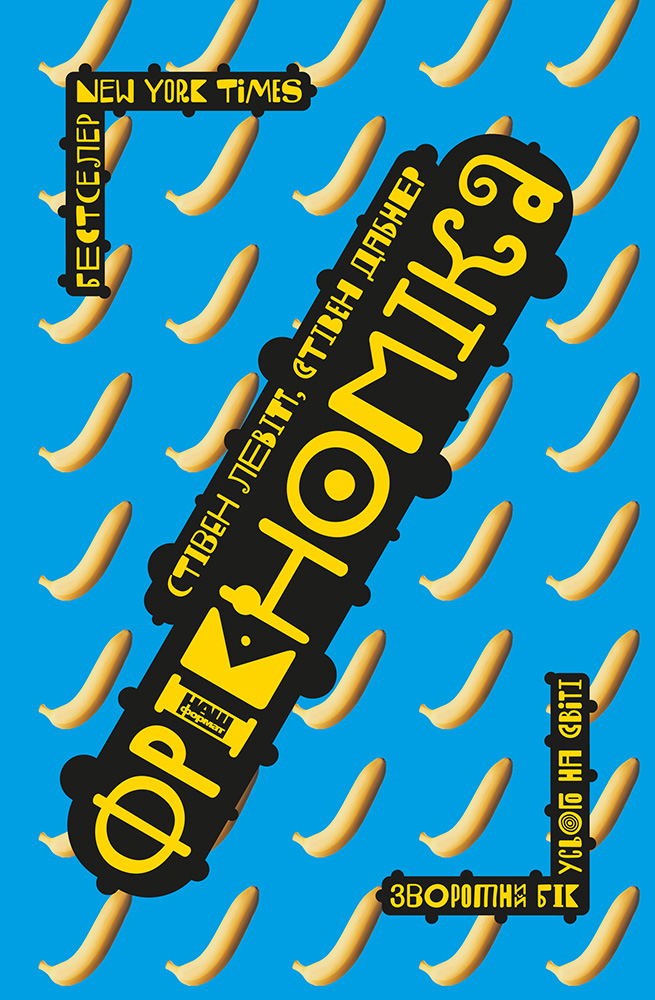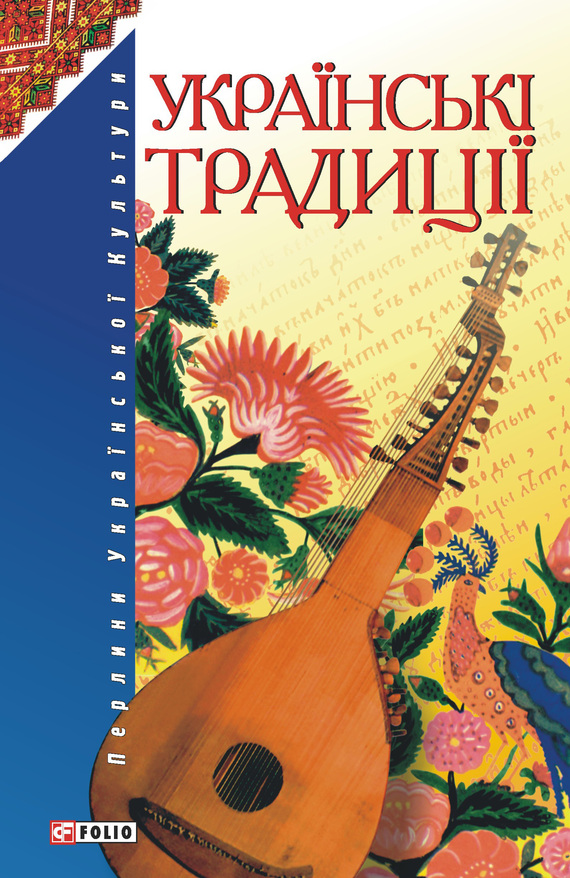Читати книгу - "Genghis Khan and the Making of the Modern World"
Шрифт:
Інтервал:
Добавити в закладку:
promoted general literacy: For more on Mongol education in China, see Morris Rossabi, “The Reign of Khubilai Khan,” in The Cambridge History of China, vol. 6, Alien Regimes and Border States, 907–1368, ed. Herbert Franke and Denis Twitchett (Cambridge, U.K.: Cambridge University Press, 1994), p. 447.
consisted of six parts: The parts commemorated and reenacted the conquests of the Kereyid and Ong Khan; the Tangut; the Chin-Chin; the West and Honan (south of the Yellow River); Sichuan and the Thai state of Nanchao; and Korea and Vietnam. Sechen Jagchid and Paul Hyer, Mongolia’s Culture and Society (Boulder: Westview, 1979), p. 241.
performing artists such as actors and singers: For more information on Mongol support of the arts, see Morris Rossabi, Khubilai Khan: His Life and Times (Berkeley: University of California Press, 1988), p. 161.
“Like an ancient ruin”: Quoted in Jacques Gernet, Daily Life in China on the Eve of the Mongol Invasion, 1250–1276, trans. H. M. Wright (New York: Macmillan, 1962), p. 237.
“The greatest legacy of the Mongol Empire”: Hidehiro Okada, “China as a Successor State to the Mongol Empire,” in The Mongol Empire and Its Legacy, ed. Reuven Amitai-Preiss and David O. Morgan (Leiden: Koninklijke Brill NV, 1999), p. 260.
revitalized and enlarged the Sung navy: For information on the Mongol fleet and the invasions of Japan, see James P. Delgado, “Relics of the Kamikaze,” Archaeology (January 2003), pp. 36–41, and Theodore F. Cook Jr., “Mongol Invasion,” Quarterly Journal of Military History (Winter 1999), pp. 8–19.
In the hunting procession: Marco Polo, The Travels of Marco Polo, trans. Ronald Latham (London: Penguin, 1958), pp. 141–145.
the traditional Mongol emphasis on meat and dairy products: For more information on Mongol food in China, see Paul D. Buell, Historical Dictionary of the Mongol World Empire (Lanham, Md.: Scarecrow, 2003), pp. 309–312, and Paul D. Buell and Eugene N. Anderson, A Soup for the Qan: Chinese Dietary Medicine of the Mongol Era as Seen in Hu Szu-Hui’s Yin-Shan Cheng-Yao (London: Kegan Paul, 2000).
9. Their Golden Light
“The artists of China”: Edward Gibbon, Decline and Fall of the Roman Empire (London, J. M. Dent, 1910) vol. 6, p. 287.
“two envoys came from the Tartars”: Matthew Paris, Matthew Paris’s English History from the Year 1235 to 1273, trans. J. A. Giles, 1852 (London: Henry G. Bohn; reprint, New York: AMS Press, 1968), p. 155.
related the events of his travels: For the complete text of Rabban Bar Sawma’s account, see E. A. Wallis Budge, The Monks of Kublai Khan, Emperor of China; or, The History of the Life and Travels of Rabban Swama, Envoy and Plenipotentiary of the Mongol Khans to the Kings of Europe, and Markos Who as Mar Yahbhallaha III Became Patriarch of the Nestorian Church in Asia (London: Religious Tract Society, 1928).
“silk sheets and every other luxury”: Marco Polo, The Travels of Marco Polo, trans. Teresa Waugh (New York: Facts on File Publications, 1984), p. 89.
Mongols in Persia supplied their kinsmen: For a thorough account of the exchange between China and the Ilkhanate, see Thomas T. Allsen, Culture and Conquest in Mongol Eurasia (Cambridge, U.K.: Cambridge University Press, 2001).
the most sophisticated cartography known: For more information on science in China under the Mongols, see Joseph Needham, Science and Civilization, vols. 4 and 6 (Cambridge U.K.: Cambridge University Press, 1971, 1986).
moved some 3,000 tons by ship: For information on the Mongol navy, see Louise Levathes, When China Ruled the Seas (New York: Simon & Schuster, 1994).
“perfectly safe”: Ronald Latham, introduction to The Travels of Marco Polo, by Marco Polo, trans. Ronald Latham (London: Penguin, 1958), p. 15.
attacked the Chinese cultural prejudice: For more information on the Mongol’s cultural attitudes toward their subjects, see Erich Haenisch, Die Kulturpolitik des Mongolishchen Welstreichs (Berlin: Preussische Akademie der Wissenschaften, Heft 17, 1943), or Larry Moses and Stephen A. Halkovic Jr. Introduction to Mongolian History and Culture, (Bloomington, Ind.: Research Institute for Inner Asian Studies, 1985).
massive amounts of numerical information: For more information on number systems and mathematics, see Joseph Needham, Science and Civilization, vol. 3 (Cambridge, U.K.: Cambridge University Press, 1970).
“unknown to the ancients:” Francis Bacon, Novum Organum, vol. 3, The Works of Francis Bacon, ed. and trans. Basil Montague (1620; reprint, Philadelphia: Parry & MacMillan, 1854), p. 370.
“In the fresco cycle”: Lauren Arnold, Princely Gifts and Papal Treasures: The Franciscan Mission to China and Its Influence on the Art of the West, 1250–1350 (San Francisco: Desiderata Press, 1999), p. 39.
“a numerous and simple people”: Nicolaus of Cusa, Toward a New Council of Florence: “On the Peace of Faith” and Other Works by Nicolaus of Cusa, ed. William F. Wertz Jr. (Washington, D.C.: Schiller Institute, 1993), pp. 264.
“among these various forms of sacrifice”: Ibid., p. 264.
“It is proper to keep the commandments”: Ibid., pp. 266–267.
imagery of Mongol greatness: For more on “The Squire’s Tale” and the Mongols, see Vincent J. DiMarco, “The Historical Basis of Chaucer’s Squire’s Tale,” Edebiyat, vol. 1, no. 2 (1989), pp. 1–22, and Kathryn L. Lynch, “East Meets West in Chaucer’s Squire’s and Franklin’s Tales,” Speculum 70 (1995), pp. 530–551.
“This noble king”: The original text by Chaucer reads as follows:
Heere Bigynneth the Squieres Tale
At Sarray, in the land of Tartarye,
Ther dwelte a kyng that werreyed Russye,
Thurgh which ther dyde many a doughty man.
This noble kyng was cleped Cambyuskan,
Which in his tyme was of so greet renoun
That ther was nowher in no regioun
So excellent a lord in alle thyng.
Hym lakked noght that longeth to a kyng.
As of the secte of which that he was born
He kept his lay, to which that he was sworn;
And therto he was hardy, wys, and riche,
And pitous and just, alwey yliche;
Sooth of his word, benigne, and honourable,
Of
Увага!
Сайт зберігає кукі вашого браузера. Ви зможете в будь-який момент зробити закладку та продовжити читання книги «Genghis Khan and the Making of the Modern World», після закриття браузера.




